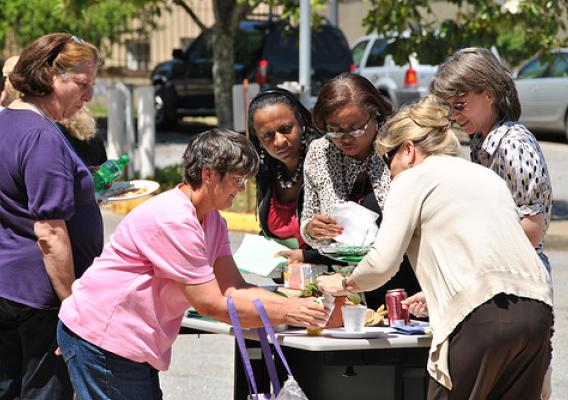On April 28, 2011, Fall River Students attended a special school assembly and were joined by Local, State and National Officials in a 2011 Earth Day Celebration. They honored their village’s new wastewater regionalization project, which was recently selected by USDA as a National 2011 Earth Day Project. When completed, the enhanced system will provide adequate wastewater treatment to the Village of Fall River; now and into the future; by preventing untreated seepage from the system into area ground water, nearby creek, and the Crawfish River.
The event included a formal program where USDA Wisconsin Rural Development State Director, Stan Gruszynski, presented the Village of Fall River with a National Earth Day Award, and announced that the Village had been approved for a $6.4 million Water and Waste Disposal Loan and Grant combination from USDA Rural Development. Funds will be used to upgrade and regionalize the village’s wastewater treatment system. Attendees were also treated to a performance by the Students, who sang Earth Day songs to kick-off the event.







